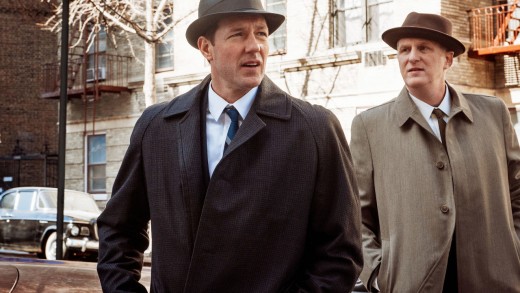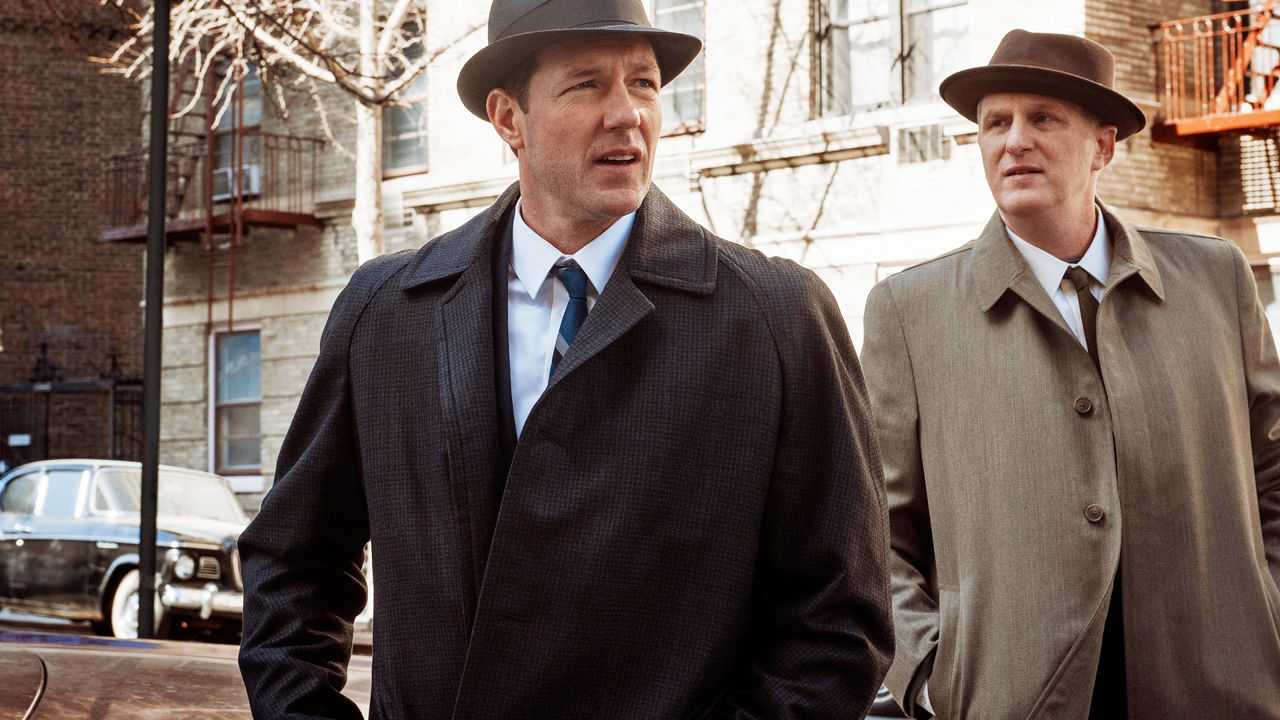painting On a bigger Canvas: How Edward Burns Made His First tv collection, “Public Morals”
How unbiased movie auteur Edward Burns discovered new creative expression and a few actually cool production toys in television.
previous habits die arduous. Three episodes into his first tv series, Edward Burns used to be nonetheless in lean imply indie filmmaker mode—no cash, less time. until his cinematographer gently reasserted truth.
“We had designed a shot that was once simple walk and discuss,” says Burns. “but we had valuable Park South closed to site visitors, forty length cars at our disposal, the street lit for some other scene, and a Louma crane. My DP, Will Rexer, said, ‘Let’s rethink this.’ We got here up with a giant gorgeous shot where digital camera [atop the crane] begins out 60 feet within the air and slowly strikes right down to the characters walking. It offered the period and site. It was an eye fixed-opening moment once I realized i’ve the toys and skill to color on a bigger canvas, and i learned to include that.”
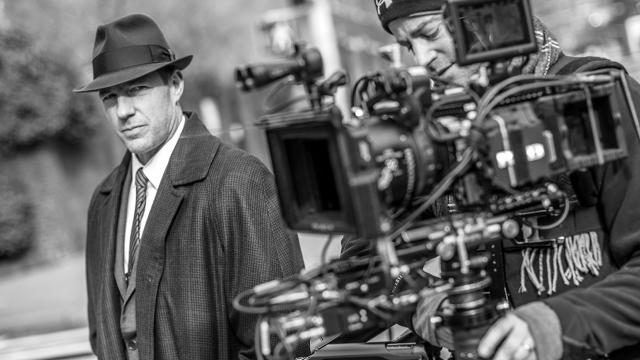
Public Morals—which debuts on TNT Aug. 25 and whose first four episodes will stream starting August 26 on VOD—is Burns’s first television foray in his 20-12 months occupation as a movie auteur and actor. The noir-ish express—in regards to the moral ambiguity between Sixties new york police and the criminal factions they manage—nonetheless features his skills as producer, director, author, and actor, however with further germination time for subplots and aiding characters.
“With 10 hours to tell a story, you get to roll it out the best way a novelist would, versus a brief story,” says Burns. “It in reality influenced my writing—i believe like i’ve never-ending tales.
“In film, the secondary characters are ceaselessly used to move the plot ahead, particularly in an ensemble,” he provides. “right here, i needed to create an ensemble piece that adopted a bunch of characters whose tales may now not dovetail unless episode eight or every other season. There’s no season two greenlit, but I’m writing it anyway. I’m too obsessive about their world and in love with these characters to now not continue hanging out with them.”
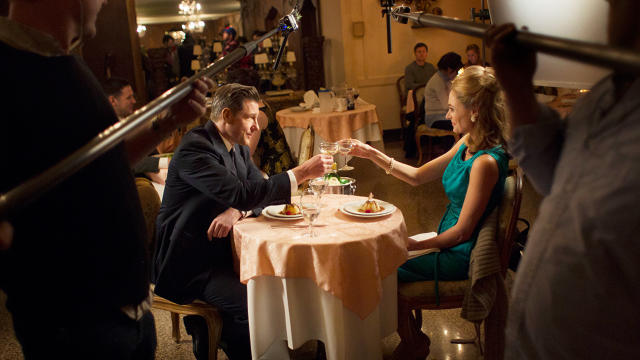
journey to television
Burns’s journey to television was a coalescing of paths—the medium’s changing panorama, two languishing film scripts, and a dearth of meddling fits.
Early in his occupation, Burns had written a few ardour initiatives—a period film about NYC cops and every other on Hell’s Kitchen Irish gangsters—neither of which got made.
Over, the years, cable television commenced cultivating grittier, persona-driven stories told via singular voices that drew the kinds of audiences that had embraced artwork house theaters and unbiased films.
Then in 2013, he found himself on the Frank Darabont-directed TNT convey, Mob city, which had a similar tone and befell within the Nineteen Forties.
“My character gets killed off, and the parents at TNT asked if I was interested in making a television express,” says Burns. “I’d simply completed watching Frank Darabont work with a healthy funds, in a position to do anything he wished to do from a shooting and manufacturing standpoint, and never saw executives from TNT on set. I preferred the idea of their putting faith in an artist’s singular vision.
“Now that I’ve directed 10 hours of television over the course of 4 months, I’ve had numerous time on the court docket and my game has absolutely greater,” he adds. “My subsequent feature film, I’m going to wish to tell an even bigger story.”
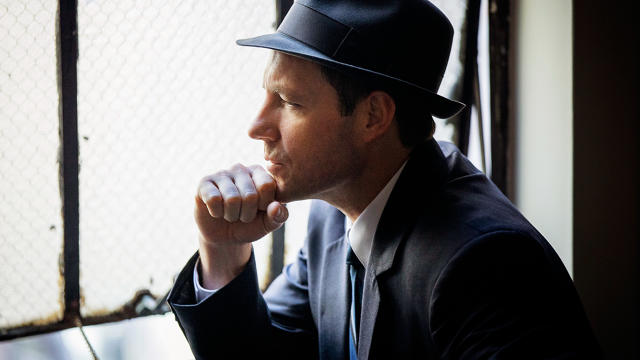
ingenious license
all over his copious analysis, Burns borrowed little nuggets from an extended timeline of NYPD history.
“I took some license with all forms of stories,” he says. “I used to be much less interested within the realities of the 1960s than the folklore of crime and cops all over ny.”
His idea for group of African American vigilante police in episode six came from a memoir that mentioned a real-existence model in the ’30s and ’40s, referred to as the King Cole Trio. another nugget takes root within the pilot.
“The Island of Vice, concerning the history of the NYPD all the way through Teddy Roosevelt’s time, talked about a police captain’s relationship with a madam and the way he handled the whorehouses at the time,” he says. “although not specific to Sixties NY city, it was once an interesting story.”
nonetheless, a majority of these liberties most certainly weren’t such a stretch. “I was speaking to an outdated cop and requested if something like this will have came about then,” says Burns. “He mentioned, ‘Ed, it’s big apple fucking metropolis. If that you may imagine it, it came about.’”
sign up to study extra about fast firm’s Innovation competition in November
(102)

